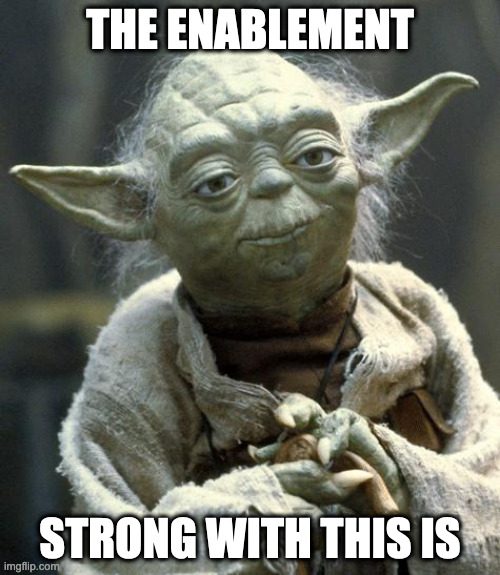Definition: Shopping cart abandonment occurs when a user adds products to an online shopping cart but exits the site before completing the purchase. It represents lost sales opportunities and is one of the most critical metrics in e-commerce performance analysis.
High abandonment rates often signal problems in the checkout process, pricing, trust, or user experience—and directly impact revenue.

Use It In a Sentence: After optimizing for mobile and adding guest checkout, the store reduced shopping cart abandonment by 18%.
Why Shopping Cart Abandonment Matters
Cart abandonment is a key revenue leakage point. Each instance is a customer with intent to buy—who didn’t.
Understanding and reducing abandonment can lead to:
- Higher conversion rates
- Improved return on ad spend (ROAS)
- Lower customer acquisition cost (CAC)
- Greater customer lifetime value (CLV)
In most industries, abandonment rates range from 60% to 80%. Even a small improvement can unlock significant revenue.
Common Reasons for Cart Abandonment
| Issue | Impact on User Behavior |
|---|---|
| Unexpected costs (shipping, taxes) | Causes users to back out at the final step |
| Forced account creation | Adds friction, especially for first-time buyers |
| Complex or long checkout | Increases drop-off before payment is completed |
| Lack of payment options | Misses user preferences or region-specific methods |
| Slow loading or mobile issues | Frustrates users and hurts trust |
| Security concerns | Doubt in site safety prevents entering payment info |
| No clear return policy | Increases perceived purchase risk |
How to Reduce Shopping Cart Abandonment
- Simplify Checkout Flow
Minimize steps, enable guest checkout, and use autofill when possible. - Display Total Costs Early
Be transparent about shipping fees, taxes, and other charges. - Add Trust Signals
Show security badges, payment logos, and customer reviews near CTAs. - Offer Multiple Payment Options
Include credit/debit cards, Apple Pay, PayPal, Buy Now Pay Later (BNPL), etc. - Improve Site Speed and Mobile UX
Optimize load times and ensure responsiveness across devices. - Use Exit-Intent Popups or Offers
Offer a discount, free shipping, or FAQ answer before users bounce. - Follow Up with Abandoned Cart Emails
Remind users what they left behind with urgency and personalization. - Retarget via Ads
Run retargeting campaigns to bring abandoners back with incentives.
Cart Abandonment Rate Formula
Cart Abandonment Rate (%) =
(1 − [Completed Transactions / Shopping Carts Created]) × 100
For example:
If 300 people added items and 90 completed purchases:
(1 − 90 / 300) × 100 = 70% cart abandonment rate
Shopping Cart Abandonment vs. Browse Abandonment
| Metric | Definition |
|---|---|
| Cart Abandonment | User adds items to cart but does not complete checkout |
| Browse Abandonment | User views product pages but doesn’t add anything to the cart |
Both require different follow-up strategies in email and ads.
Final Thoughts: Turn Abandonment into Opportunity
Shopping cart abandonment is inevitable—but it’s also predictable and fixable. With the right UX optimizations, email flows, and remarketing strategies, brands can recover significant revenue while improving customer experience.
Every abandoned cart is a potential conversion—if you’re ready to meet your customer halfway.
More Definitions & Related Blogs
Explore more performance and sales strategy insights from the Sales Funnel Professor:























